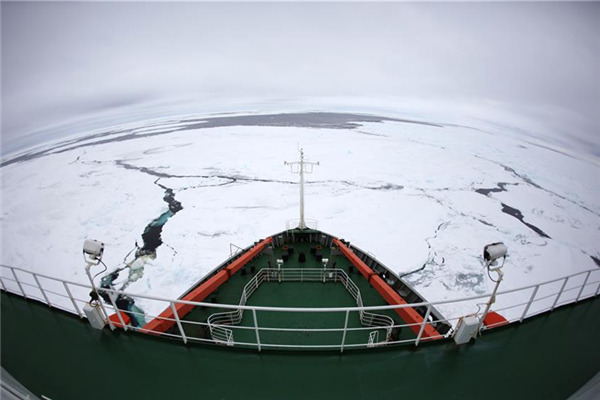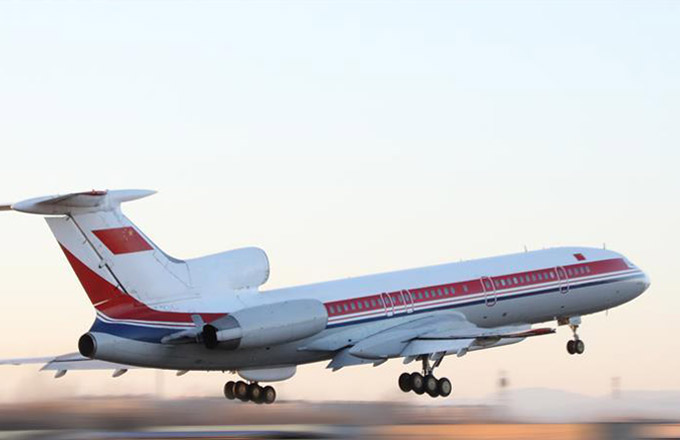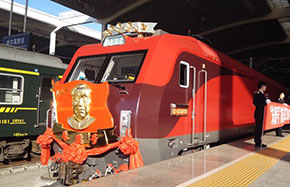US must help Beijing fight trans-Pacific air pollution
A study showing dirty emissions from China's export industry blow across the Pacific Ocean to Western US cities such as Los Angeles underscores the need for the US to help China combat pollution, an official with a California clean-air organization said.
"It is important for California's air quality that we try to help China reduce its pollution," Bill Magavern, policy director of the Coalition for Clean Air, a Los Angeles-based nonprofit advocacy group that aims to improve the state's air quality, told China Daily on Monday. On the other hand, most air pollution in California is of the state's own making, "so Californians should not be blaming China for their air pollution problems", he said.
California officials have been working with China to help the country benefit from lessons the state has learned in its decades-long fight against smog, Magavern said. The key for both countries is to "drastically" reduce their coal consumption, he said.
A team of Chinese, US and UK researchers found Los Angeles received at least one extra day of smog that exceeded federal health standards for ozone in 2006 as a result of nitrogen oxide and carbon monoxide emissions from factories in China making goods for export to the US and other countries. The report published last week by the US National Academy of Sciences, a non-profit society of scholars, said it was the first to quantify how much pollution reaching the US West Coast stems from Chinese production of cell phones, televisions, and other US-bound consumer items.
"Rising emissions produced in China are a key reason global emissions of air pollutants have remained at a high level during 2000-2009 even as emissions produced in the United States, Europe, and Japan have decreased," the researchers wrote.
The researchers used 2006 data from 42 sectors that directly or indirectly contribute to emissions to analyze the degree to which China's production of goods for export to the US and other countries added pollutants such as sulfur dioxide, nitrogen oxide and black carbon to the US atmosphere.
Between 17 and 36 percent of air pollutants in China were related to export-goods production, and a fifth of that specifically tied to US-China trade, the scientists found.
The pollutants - including black carbon, which contributes to climate change and is linked to cancer, emphysema and heart and lung disease - rode global winds known as "westerlies" across the Pacific Ocean to the US West Coast, according to the report. They gathered in valleys and basins in California and other western states, according to the report.
China's ramping up of manufacturing in recent decades has contributed to severe smog problems in cities such as Beijing. Even though exports accounted for 24.1 percent of China's economic output last year, down from a peak of 35 percent in 2007, the impact of China's manufacturing industry on US air quality shows trade issues must play a role in global talks to cut pollution, the report said.
Co-author Steve Davis, a scientist at University of California Irvine, said discussions aimed at reducing cross-border air pollution "must confront the question of who is responsible for emissions in one country during production of goods to support consumption in another."
When you buy a product at Wal-Mart, "it has to be manufactured somewhere," Davis said. "The product doesn't contain the pollution, but creating it caused the pollution".
Trans-boundary pollution has for several years been an issue in international climate change negotiations, where China has argued that developed nations should take responsibility for a share of China's greenhouse gas emissions, because they originate from production of goods demanded by the West.
Ned Helme, president of the Washington-based Center for Clean Air Policy, a nonprofit group dedicated to improving climate and air quality, told China Daily the new study reaffirms the need to build environmental impact costs into future US-China trade-pact discussions. "The point is, you want to equal internalization of the cost of these environmental impacts" in trade agreement talks, Helme said.
Jintai Lin, a professor in the department of atmospheric and oceanic sciences at Peking University's School of Physics who led the study, said "trade changes the location of production and thus affects emissions."
michaelbarris@chinadailyusa.com


















